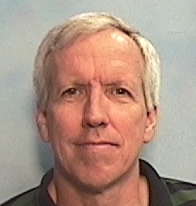Dr. Avery was the original HPC Center investor. His initial $200,000 investment combined with commitments from the College of Liberal Arts & Sciences (CLAS) and Office of Information Technology (OIT) for staffing, additional equipment, and machine-room improvements marked the creation of the HPC Center in 2004. Dr. Avery’s vision was that of a shared-resource facility that could support his Open Science Grid research as well as the HPC community within the University. It led to the purchase of the Phase I cluster – a 400 core system composed of 200 Dell PowerEdge 1750s with two 2.8GHz Xeon processors each. His willingness to partner with the University and share his own resources resulted in a facility with three to four times the capacity of anything he could have purchased on his own.
Since that time Dr. Avery has invested substantial additional funds in both the Phase IIB and Phase III clusters. These investments have allowed him to leverage existing HPC infrastructure and easily increase processing capacity for the Large Hadron Collider’s (LHC) Compact Muon Solenoid (CMS) experiment. When in full operation the CMS experiment will produce roughly forty-one terabytes of data per day in its quest to find the Higg’s Boson. The computational resources to analyze that data are distributed throughout the world in tiers with the University of Florida as a tier-2 site. CMS usage metrics currently show UF as one of the most productive CMS Tier-2 sites in the world.

